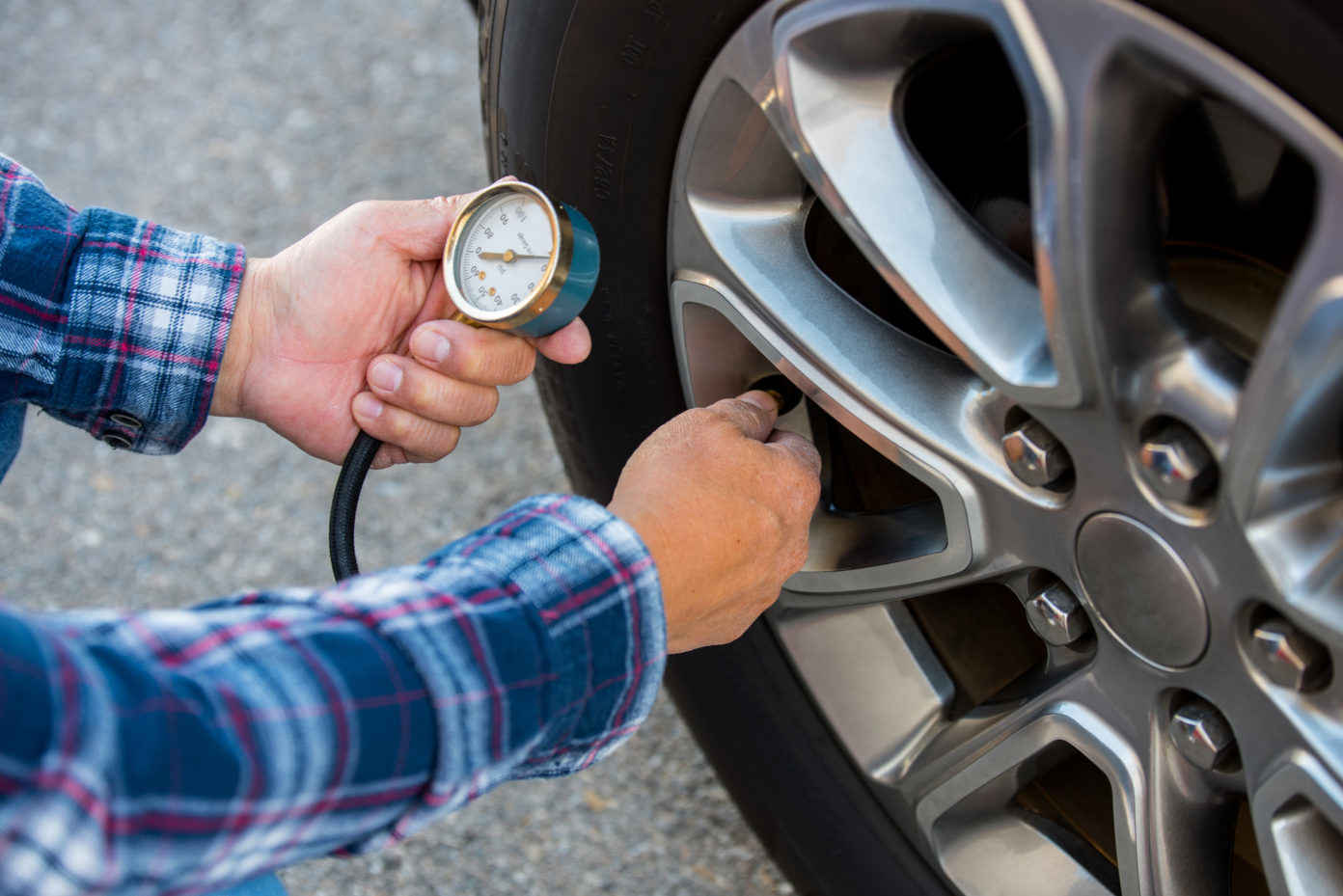At the Intersection of Teen Driving and Tire Safety
October 11, 2017
Overview
Motor vehicle crashes remain the leading cause of death for teenagers in the U.S. One often-overlooked issue in crash prevention is tire maintenance. A 2012 study by the National Highway Traffic Safety Administration found that 12 percent of crashes among inexperienced drivers were tire-related, while only 5 percent of crashes among experienced drivers were tire-related, suggesting that inexperienced drivers may lack knowledge about safe vehicle maintenance. Efforts to standardize and promote driver education across the country may be one way to address this issue.

Motor vehicle crashes remain the leading cause of death for teenagers in the U.S. The CDC reports that 2,333 teens aged 16 to 19 were killed in 2015 and 221,313 were treated in emergency departments for injuries suffered in motor vehicle crashes in 2014. Graduated Driver Licensing (GDL) laws have proven very effective in reducing teen crash fatalities and injuries; but with more than 2,300 deaths and 220,000 injuries each year, there is room for improvement—through strengthening and making GDL requirements uniform across the country, but also by employing other innovative policy solutions. There is likely more to the problem of teen driver safety than inexperience in operating a vehicle, and policy solutions that approach the problem from many angles may prove most effective.
Implicitly acknowledging the magnitude of the challenge, this year’s Governors Highway Safety Association’s Annual Meeting devoted two of its 14 sessions entirely to the issue of teen driver safety. During one session, a representative from Michelin North America discussed the often-overlooked problem of tire maintenance (i.e., how to check tire pressure and tread depth) in crash prevention. Interestingly, a 2012 study by the National Highway Traffic Safety Administration (NHTSA) found that 12% of crashes among inexperienced drivers were tire-related, while only 5% of crashes among experienced drivers were tire-related. These data suggest that inexperienced drivers may lack knowledge about safe vehicle maintenance, supporting efforts to ensure that tire maintenance is included in state driver education training materials.
Finding that only a handful of states addressed tire maintenance and safety in their driver education training materials, the Association of National Stakeholders in Traffic Safety Education (ANSTSE) and the National Transportation Safety Board (NTSB) partnered with others in an effort to standardize and promote the adoption of driver education across the country. These standards, the Novice Teen Driver Education and Training Administrative Standards (or “Administrative Standards”) were first published in 2009, but were updated and reissued in February 2017. The revised Administrative Standards include classroom, behind-the-wheel, and online standards, as well as updated driver education instructor qualifications and instructor training materials. They, seek to coordinate with GDL laws, include parental involvement and recommend education on the ability to understand and practice processes and procedures for preparing to drive a vehicle. The recommended preparations training includes tire safety (i.e., tire pressure, tread depth, and tire wear and damage) and learning to recognize and respond to loss of tire traction, blowouts, tire pressure failure, and recognition and correction of under- and oversteering.
Several organizations have joined with ANSTSE and NTSB in encouraging all states to adopt and implement the Administrative Standards: the AAA Foundation for Traffic Safety, the American Driver and Traffic Safety Education Association, the Driver Education and Training Administrators, and the Driving School Association of the Americas. This July, Michelin and the Fédération Internationale de l’Automobile (FIA) announced that they have succeeded in securing commitments from all 50 states to include consistent tire maintenance and safety information in their driver education programs through their “Beyond the Driving Test” initiative—two years ahead of their original target of 2020.
Tire safety may not be the most exciting topic, but research showing that teens are more than twice as likely to be involved in tire-related crashes seems to support policy intervention to reduce this risk. State adoption of driver education curricula that teach teens about how to maintain their vehicles and identify and correct problems is an important step, and the success of the Beyond the Driving Test initiative highlights the value of cross-sector partnerships in injury prevention, and in public health generally.
Challenges remain. One is the increasing privatization of driver education, which—whether due to budget constraints or emphasis on college readiness—is rarely taught as part of the high school curriculum anymore. This is the case even in states that list driver education as a mandatory course offering in state law. In many cases, health teachers are taking up the cause and including driver safety in their classes. Second, in some states, drivers who complete education courses can sidestep some of the important GDL provisions that have (arguably) made the laws successful—such as the learner’s permit age limit, hours practicing behind the wheel and passenger and nighttime driving restrictions. For innovative policy solutions like standardized driver education to have the most impact, they have to be applied uniformly and universally.
National Teen Driver Safety Week is October 15-21, 2017…it would be a good time to show your teen how to check his tire pressure and tread depth.
This post was prepared by Kerri McGowan Lowrey, J.D., deputy director and director of grants & research for the Network for Public Health Law—Eastern Region Office.
The Network for Public Health Law provides information and technical assistance on issues related to public health. The legal information and assistance provided in this document does not constitute legal advice or legal representation. For legal advice, readers should consult a lawyer in their state.
Support for the Network is provided by the Robert Wood Johnson Foundation (RWJF). The views expressed in this post do not necessarily represent the views of, and should not be attributed to, RWJF.
